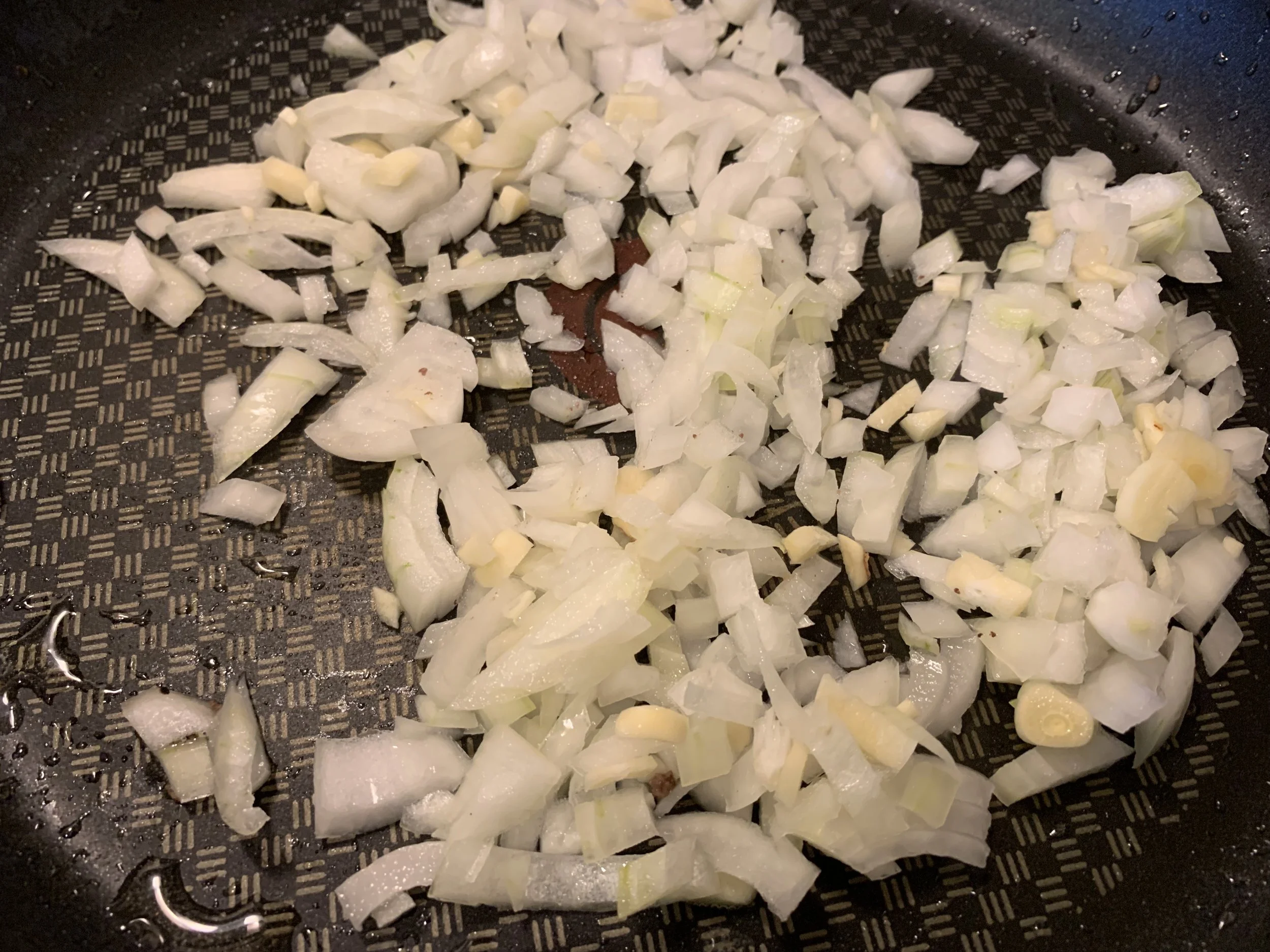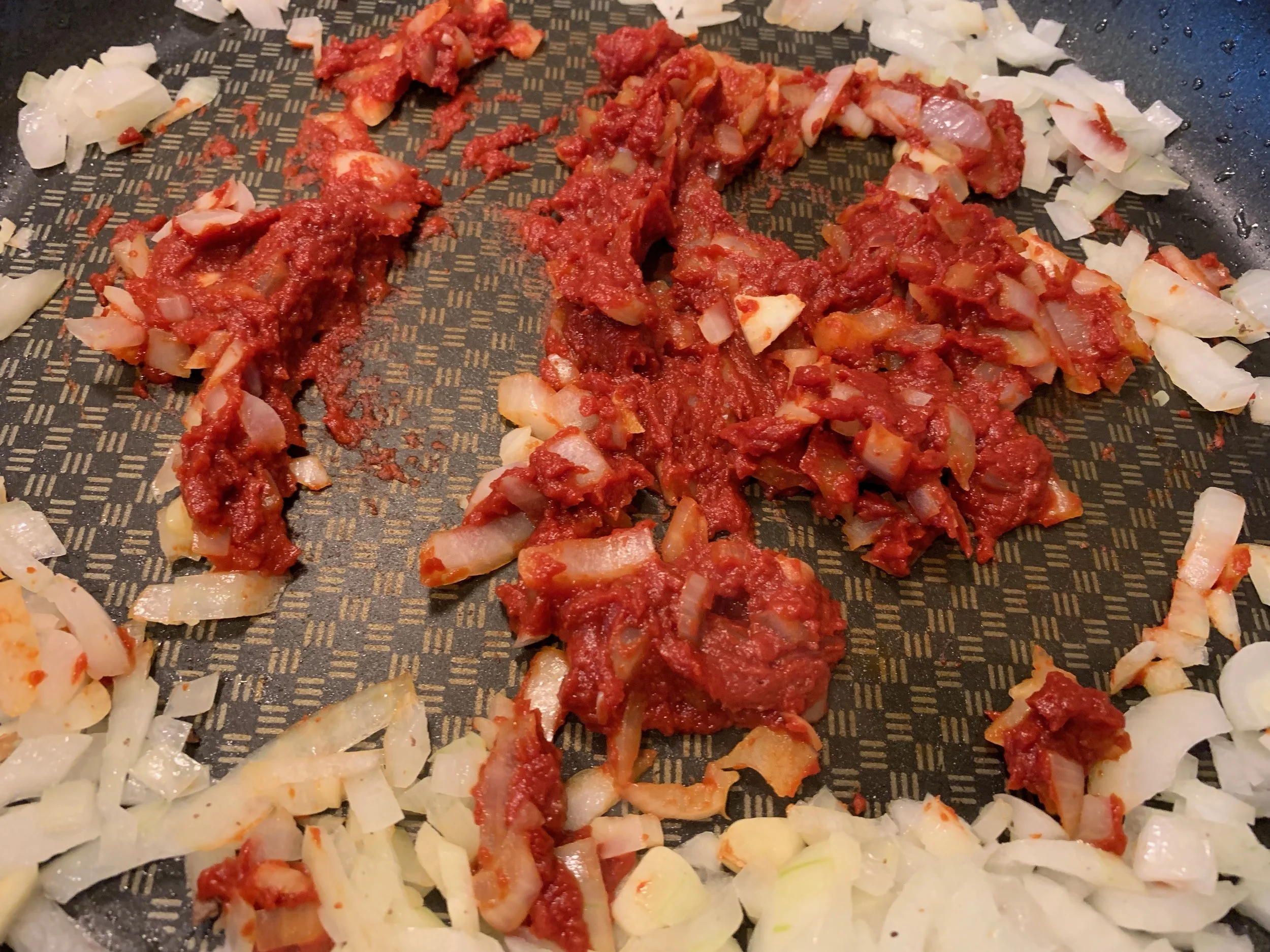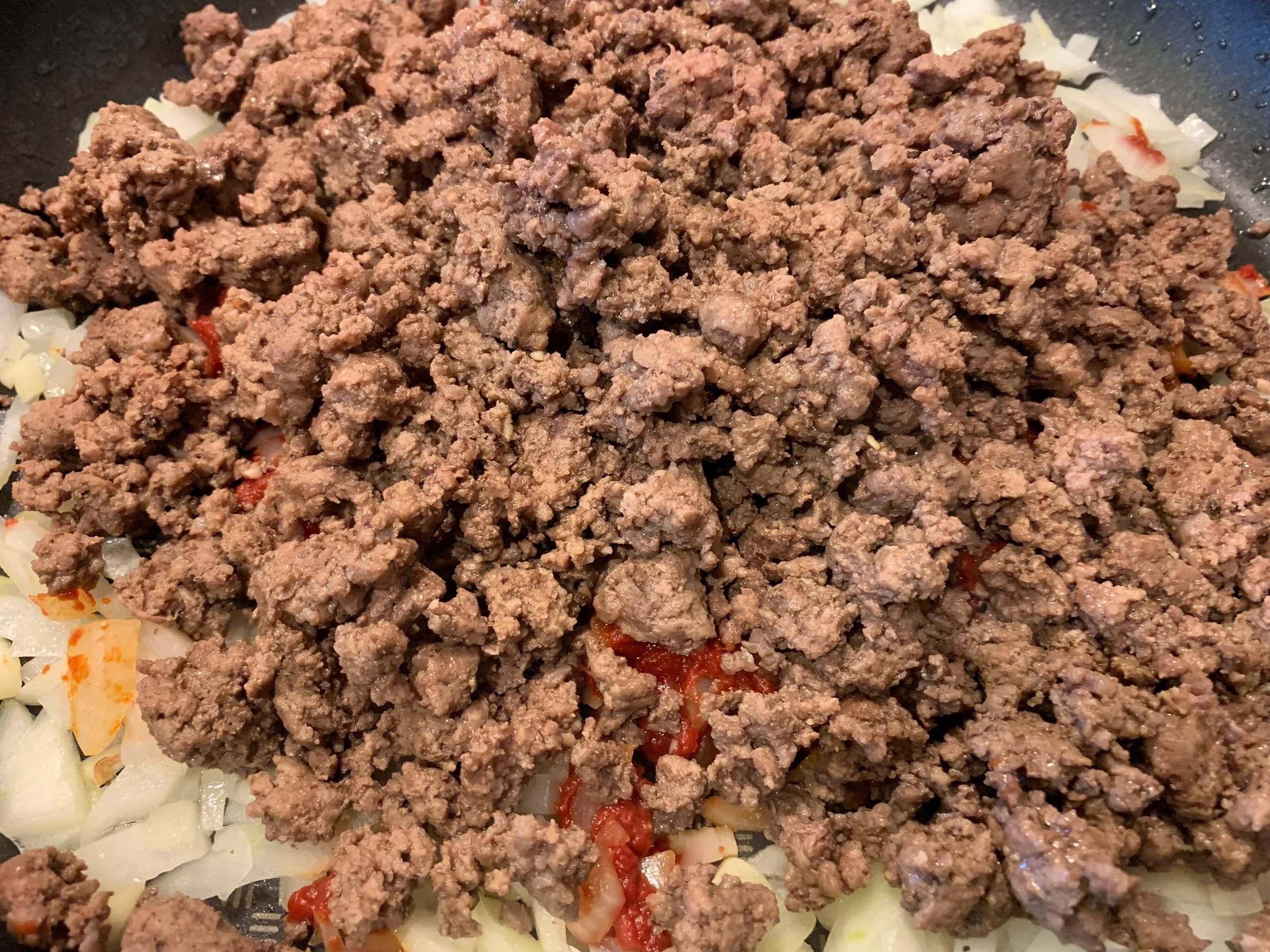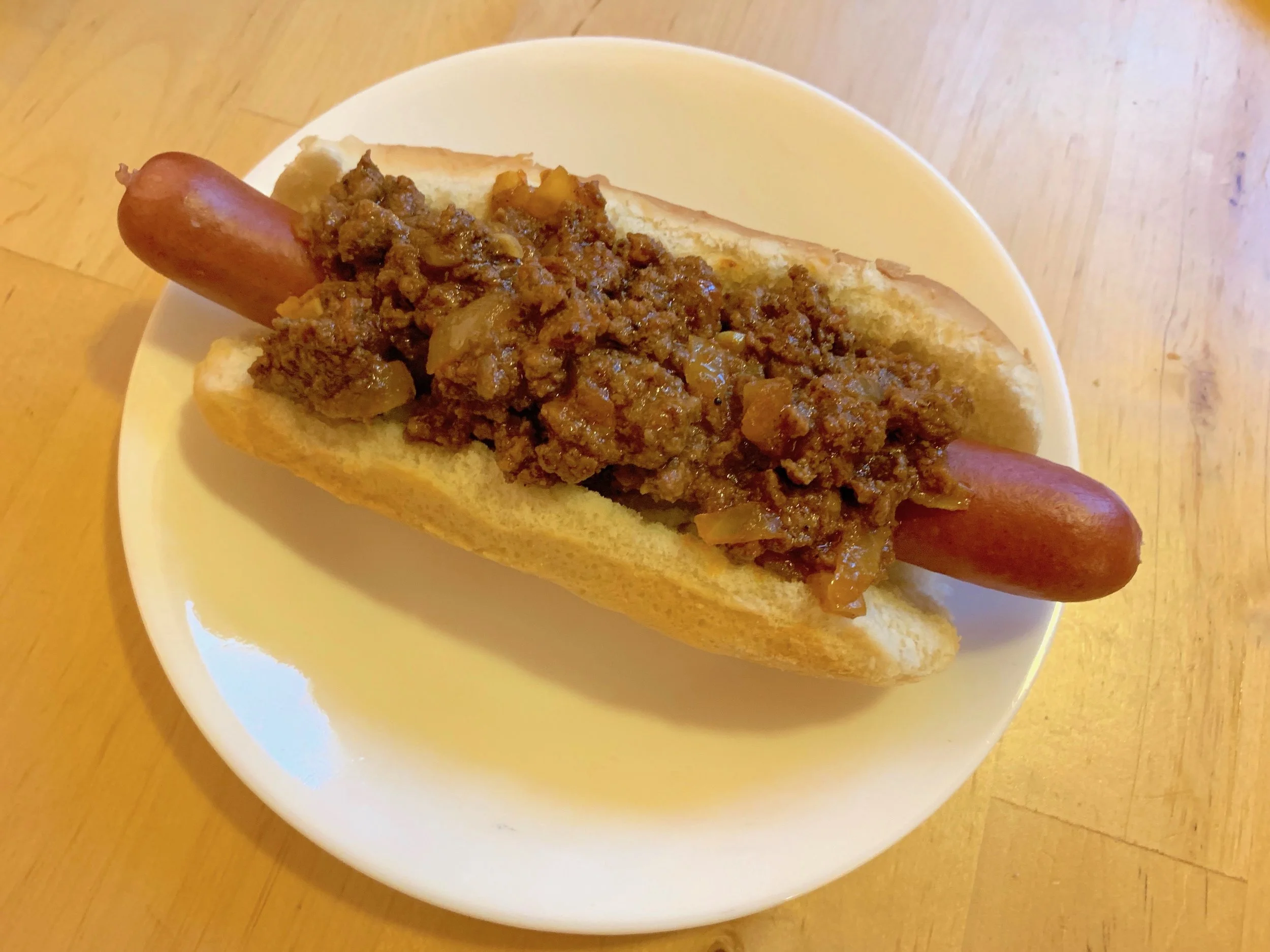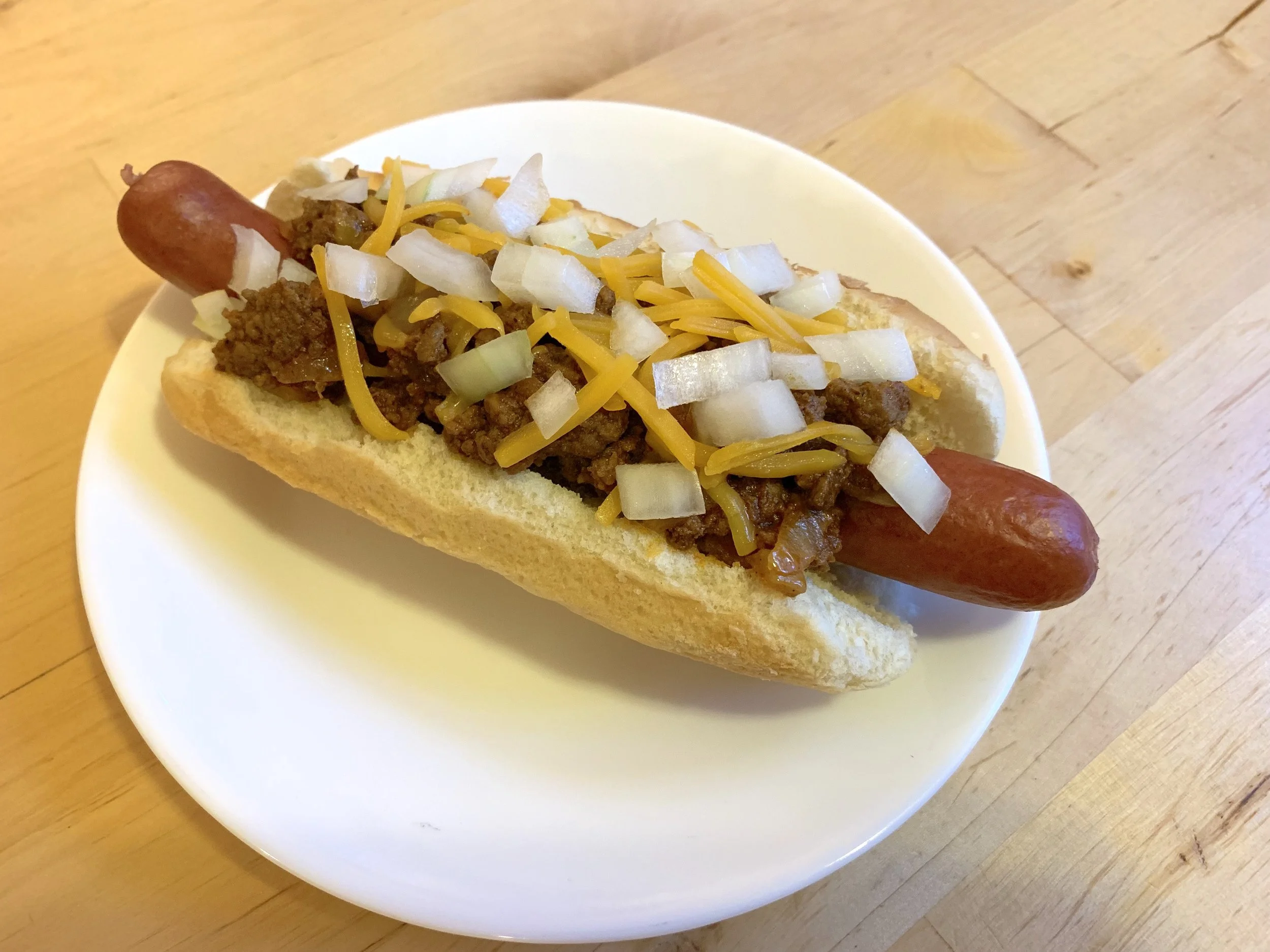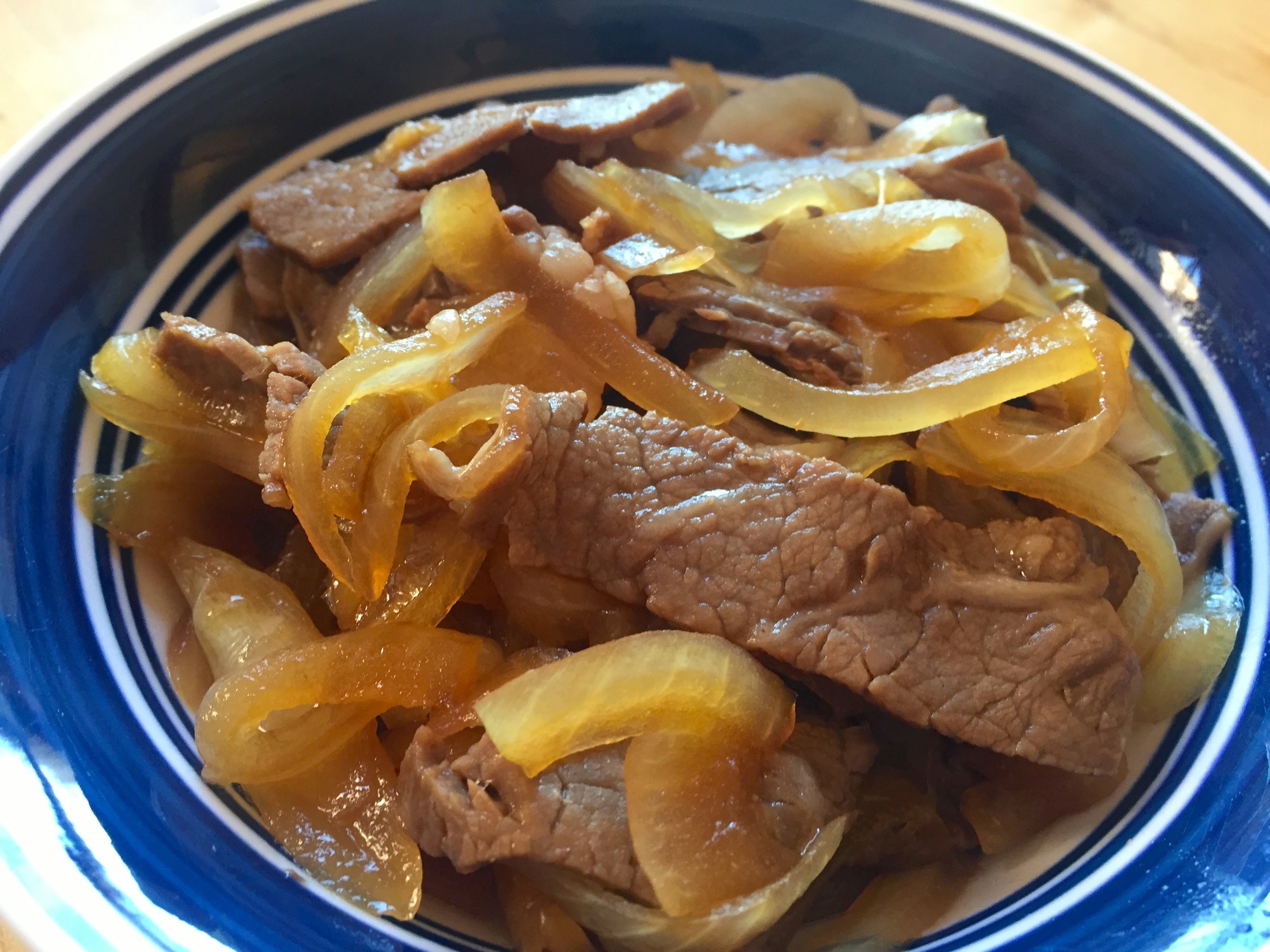Chili Cheese Dogs
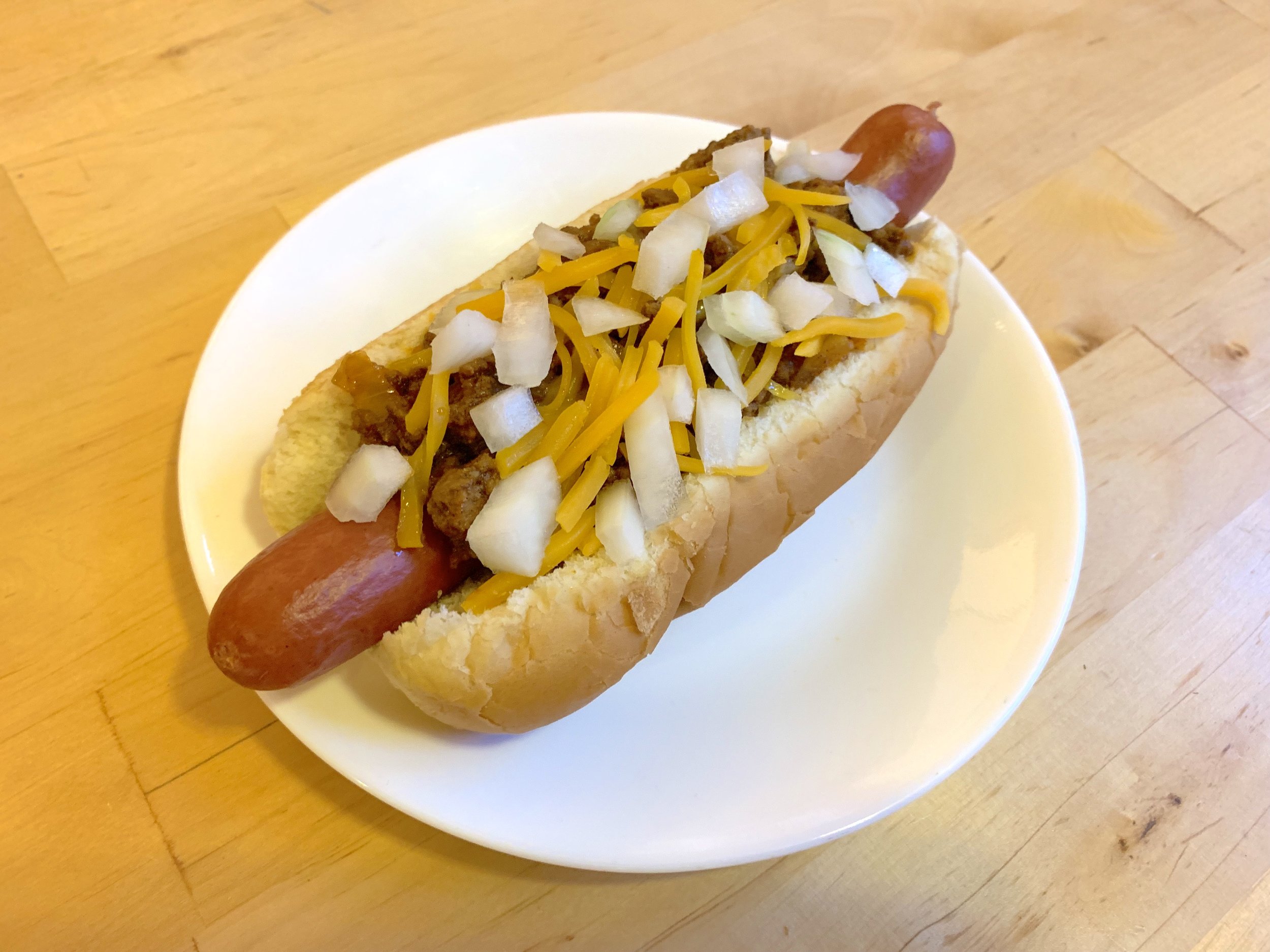
Chili cheese dogs are a popular American fast food, found at fairs, fast food restaurants, and baseball games [1]. Today, regional variations on the chili dog are served around the country [2]. But what makes the chili dog an icon of Americana? Is it the blatant indulgence of serving one meat product atop another meat product? Is it the distinctly American need to top everything with processed cheese? Is it the mass-produced, quick-service nature of its preparation?
I would argue that what makes the chili cheese dog distinctly American lies not in its construction, but rather in its history. It’s a story of disparate elements from different places, changed by the forces which have also shaped the nation. Let us step back in time and examine each of the three components of this dish: cheddar cheese, hot dogs, and chili.
Cheddar cheese is originally from England, where it has been made since the 11th century near the village of Cheddar, in Somerset. It is a hard, aged, and sharp cheese, traditionally matured for over a year in nearby caves. English colonists brought this style of cheesemaking to America in the 1600s, where it remained a local farm product in the centuries that followed.
In the 1800s, America saw a massive influx of German immigrants, numbering nearly six million by century’s end. Many were refugees, fleeing the March Revolution and the wars of unification [3]. They brought with them the frankfurter, cased pork sausages served in Germany since the 13th century. In America, where beef was more readily available, German butchers started to make sausages with either a mixture of pork and beef, or solely with beef. However, these foreign sausages did not gain wide acceptance outside of immigrant communities, partly due to the political backlash against European immigration at the time. In keeping with this xenophobia, sausages made by hand by men with thick accents was considered suspicious and potentially dirty. In fact, one of the possible etymologies of “hot dog” is the belief that German Americans ate dogs, and unscrupulous butchers would use dog meat in their sausages.
Meanwhile, by the mid-1800s, the Industrial Revolution had kicked into high gear in America. Food could now be made in factories on a large scale, and with the expansion of the railroads in America and the establishment of what we would recognize today as the agriculture industry, it was easier than ever before to gather ingredients from distant fields and stockyards, and distribute packaged food to all corners of the nation. The ideal factory food product would be both homogeneous and robust to transport, and both cheddar cheese and the hot dog fit this bill.
The factory changed cheesemaking forever, replacing the aging process with concentrated preservatives and artificial color. Cheddar was one of the first cheeses to be produced in a factory, turning trainloads of milk into the bright yellow blocks we’re familiar with today.
Hot dogs were a desirable value-added product from the point of view of the factory, as they could be filled with the scraps of other cuts. The factory-made sausages, often marketed as “pure,” grew rapidly in popularity, and were being hawked in stands around the country by the late 1800s.
Meanwhile, in Texas, another food was about to take to the American stage. Chili con carne is a spicy beef stew which originated in Northern Mexico, with roots perhaps going as far back as pre-Columbian times. The history of Tex-Mex cuisine is a long story on its own, which I’m sure we will revisit another time. For now, however, it is sufficient to say that Tex-Mex is not so much a fusion of two cuisines, but rather a single cuisine divided by a border. It was a border bathed in blood, with the Texas Revolution and the Mexican-American War that followed ending with the annexation of what was then one third of Mexico by the United States. The city of San Antonio had been at the center of these conflicts, and a group of local women, looking to make a living off of the armies passing through, began serving chili con carne in the city square. They became known as “chili queens,” and by the late 1800s, chili had become a popular food amongst the Texans as well.
American settlers in the Southwest lacked the understanding and ingredients to cook real Mexican food. So just like the British did in India, they reduced an entire food culture to a powder—in this case, chili powder. Chili made with chili powder, while a far cry from the original, was perfect for canning and shipping. Thus mass-produced, canned chili entered the American culinary pantheon. As writer Christina Olsen put it, “[Chili] was another ethnic food, sanitized, homogenized, and made blandly American.”
Of course, chili con carne is not the version of chili generally served on hot dogs. Hot dog chili is generally sweeter, milder, and has no beans or chili peppers. Rather, it bears a much closer resemblance to a Greek meat sauce (saltsa kima). In the early 1900s, hundreds of thousands fled the unrest and instability in the Balkans, passing through New York Harbor and settling predominantly in the American Midwest. Some of these Greek immigrants opened restaurants, particularly in Michigan, and adapted saltsa kima to American tastes by adding chili powder to the recipe.
It’s unclear where exactly these three components first came together to create the chili dog. Some say it’s Michigan, some say it’s Los Angeles, some say it’s New York. But wherever it happened, the chili dog spread rapidly through the country, due to its ease of preparation. By the 50s and 60s, it was a standard menu item at fast food and drive through restaurants.
The story of the humble chili cheese dog is a reminder that many things now considered quintessentially American are a product of ideas and traditions brought to this country by people crossing oceans and deserts not so long ago. To my eyes, that doesn’t make a thing “less American,” but more so. America has always been a nation of immigrants, a place where foreign ideas can take root, change, merge, evolve, and thrive, becoming something distinctly new.
But this story is also a cautionary tale—of how ideas from other cultures often only grow in popularity and gain mainstream acceptance after being distorted, or sanitized and relabeled as “American.” It’s a reminder of how quickly we as a people can lay claim to something, and how quickly we can forget. So when you’re at that Fourth of July barbecue, I encourage you take a moment to think about the meal you have, and the peoples and places it reflects. Food tells stories. Listen to them.
Now, if you’re responsible for the barbecue and want to serve this delightfully messy American classic, then this is how to make chili cheese dogs at home.
Ingredients
For the Chili
1 lb ground beef
½ onion, diced
2 cloves garlic, minced
¼ cup tomato paste
1 tbsp yellow mustard
1 tbsp chili powder
1 tsp brown sugar
1 tsp Worcestershire sauce
Vegetable oil
Salt to taste
Black pepper to taste
For the Hot Dogs
8 hot dogs
8 hot dog buns
½ onion, diced
1 cup cheddar cheese, shredded
Begin the chili by adding about a teaspoon of vegetable oil to a pan over medium heat. Once the oil is hot, add the ground beef to the pan. It is important to break the ground meat up into small pieces—otherwise the sauce will not have the fine texture we’re looking for. Season the beef with salt and black pepper, and cook for 5 minutes, stirring occasionally. Once the beef is cooked and has taken on some color, remove the beef from the pan and drain off any rendered fat.
While the beef is cooking, finely dice the onion. Set aside half the diced onion for topping the hot dogs. If the pan is dry, add another teaspoon of vegetable oil. Place the pan over medium heat, and add the other half of the diced onion together with 2 cloves of minced garlic. Sweat for 2 minutes, stirring occasionally, until the onion has softened. Next, add ¼ cup of tomato paste to the pan. Stir the tomato paste and let it cook for 1 minute, or until fragrant. The color of the paste should turn from a bright red to a brick red. We want to cook out the raw tomato flavor of the paste, and to let it caramelize, giving us a deep, savory flavor.
Once the tomato paste is cooked, return the beef to the pan. Then add our other seasonings—the mustard, chili powder, sugar, and Worcestershire sauce. Stir the mixture well, and then add 2 cups of water to the pan. Scrape the bottom of the pan to release any solids which may have stuck there, and bring the chili to a boil. Simmer the chili for at least 15 minutes, stirring occasionally, or until the beef is tender and the liquid has reduced by about half. It should have a thick enough of a consistency to not drip when plated.
While the chili sauce simmers, warm the buns and cook the hot dogs. You can do this by boiling the hot dogs in a pot of water and heating the buns in the oven, or by grilling the hot dogs and toasting the buns on the same grill. To assemble the dish, place a hot dog on each bun. Top the hot dog with a big spoonful of chili sauce, some raw diced onions, and the shredded cheddar cheese. Serve with extra onions and cheese on the side, and plenty of napkins!
Substitutions
If you don’t eat beef, substitute a pork frankfurter or turkey hot dog for the sausage, and ground pork or ground turkey for the ground beef.
[1] Chili is the third most popular hot dog condiment in America, behind mustard and ketchup but ahead of relish and onions.
[2] It is curious that each region seems eager to ascribe the creation of the dish to somewhere else. In Michigan and Ohio, the chili dog is generally called a “Coney Island hot dog,” after the famous Brooklyn amusement district. In New Jersey and Pennsylvania, the term “Texas chili dog” is used. Rhode Island calls it a “New York System wiener,” and in New York, this sort of dog is called a “Michigan hot dog.”
[3] The March Revolution, one of the many uprisings which shook the European continent in 1848, was the beginning of the end for the German Confederation. The region was wracked by conflict in the decades that followed, with no fewer than four major wars fought within just over two decades.
Recipe
Prep Time: 5 min Cook Time: 25 min Total Time: 30 min
Difficulty: 1/5
Heat Sources: 2 burners
Equipment: pan, pot or grill
Servings: 8 hot dogs
Ingredients
For the Chili
1 lb ground beef
½ onion, diced
2 cloves garlic, minced
¼ cup tomato paste
1 tbsp yellow mustard
1 tbsp chili powder
1 tsp brown sugar
1 tsp Worcestershire sauce
Vegetable oil
Salt to taste
Black pepper to taste
For the Hot Dogs
8 hot dogs
8 hot dog buns
½ onion, diced
1 cup cheddar cheese, shredded
Instructions
1. Add 1 tsp vegetable oil to a pan over medium heat. When the oil is hot, add the ground beef, breaking it up into small pieces. Season with salt and black pepper, and cook for 5 minutes, until the beef colors. Remove the beef from the heat and drain the fat. Return the empty pan to the heat.
2. Finely dice the onion, and set half aside for topping. Add 1 tsp vegetable oil to the pan, and sweat half of the diced onion and the minced garlic for 2 minutes, or until soft.
3. Add the tomato paste and cook, stirring occasionally, for 1 minute or until fragrant.
4. Return the cooked beef to the pan, together with the mustard, chili powder, sugar, and Worcestershire sauce. Stir well, then add 2 cups of water to the pan. Bring the chili sauce to a boil and simmer for 15 min, or until the beef is tender and the liquid has thickened and is reduced by half.
5. While the chili sauce simmers, warm the buns and cook the hot dogs by boiling or grilling.
6. To assemble, place a single hot dog on each bun. Top with a generous spoonful of chili sauce, raw diced onions, and shredded cheddar cheese.



